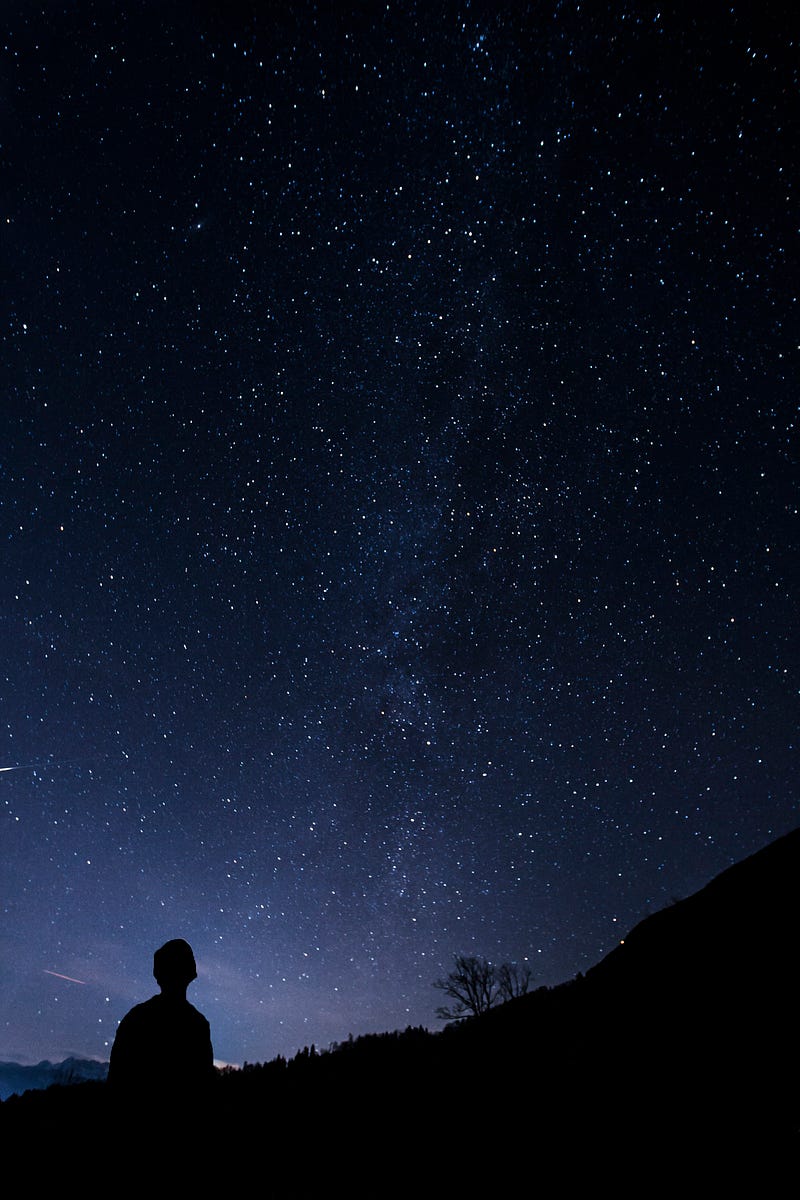Celestial Celebrations: Ten Holidays Inspired by the Cosmos
Written on
Chapter 1: Unique Celestial Festivals
In this chapter, we delve into various global holidays that draw inspiration from celestial events. These celebrations not only highlight cultural significance but also connect us to the cosmos.
Section 1.1: Yalda Night
Yalda Night, also known as Shabe Yalda, is a time-honored Persian celebration that marks the winter solstice. This festival, occurring on December 21st, is recognized as the longest night of the year. Iranians across the globe gather to commemorate this night, symbolizing the sun's victory over darkness.
The term "Yalda" comes from a Syriac word meaning birth or renewal. Traditionally, this night represents the birth of Mehr, the ancient Persian god of light. Families come together to enjoy special dishes and share stories. During the festivities, they savor dried nuts and vibrant fruits like pomegranates and watermelon, which symbolize hope and health, heralding the arrival of a new dawn.

Section 1.2: Inti Raymi
Inti Raymi, or the Festival of the Sun, is an ancient Incan celebration of the winter solstice, celebrated on June 24th in modern Peru. This festival is one of the most significant events in Incan culture and commemorates the New Year.
Originating in 1430 AD, Inti Raymi faced prohibition by Spanish authorities in 1573. However, it continues to thrive today with a large-scale performance featuring over 800 participants. The celebration begins at Qorikancha, the Temple of the Sun, where offerings are made to Apu Inti, the sun god. Following this, the festivities move to the main square of Sacsayhuamán, showcasing the cultural significance of the sun in Incan life.
The following video provides an insightful exploration of the celestial sphere and its significance in astronomy:
Lesson 2 - Lecture 1 - The Celestial Sphere - OpenStax Astronomy 2e - YouTube
Section 1.3: Soyal
Soyal is a winter solstice celebration practiced by the Hopi and Zuni tribes of North America. On December 21st, participants gather to awaken the sun and welcome a new year.
Preparation for this 16-day event includes crafting prayer sticks for communal blessings and exchanging feathered gifts. Families also open their sacred kiva chambers, marking the beginning of Kachina season, when these spiritual beings reside with the community.
The celebration features decorating kivas, dancing, and offering gifts to the deities. A central part of the event involves two effigies, representing a snake and the sun, culminating in a symbolic dance that illustrates the sun's struggle against darkness.
Section 1.4: Easter
Easter is a holiday celebrated widely for its Christian significance, yet it has celestial connections tied to the lunar calendar. It falls on the first Sunday after the first full moon following the vernal equinox, symbolizing rebirth and renewal.
Initially, every Sunday was celebrated as a form of Easter, but it gained formal recognition in the second or third centuries. Traditions include decorating eggs and sharing candy, with symbols like chicks and bunnies representing spring's fertility. The timing of Easter, aligned with lunar cycles, underscores its ties to celestial phenomena.
Section 1.5: Halloween
Halloween, or All Hallow’s Eve, is celebrated on the final day of October and is one of the oldest holidays still observed today. While often linked to costumes and candy, its roots lie in the observation of the night sky.
Halloween coincides with the last of four cross-quarter days, marking the transition between the autumn equinox and the winter solstice. Its origins can be traced back to Samhain, a Celtic festival that shared many customs with modern Halloween.
During this time, children don costumes and go trick-or-treating, as it was believed that the veil between the spiritual and physical realms was thinned, allowing spirits to roam freely. Participants would light bonfires and host feasts, honoring these spirits while enjoying the nighttime sky.
In this video, learn how to observe the night sky from home and deepen your understanding of astronomy:
At Home Astronomy: How You Can Observe the Night Sky - STEM in 30 - YouTube
Chapter 2: Conclusion
Through these diverse celebrations, we observe how celestial events continue to inspire cultural traditions and communal gatherings, reminding us of our connection to the cosmos.
Looking for Part 1? Click here